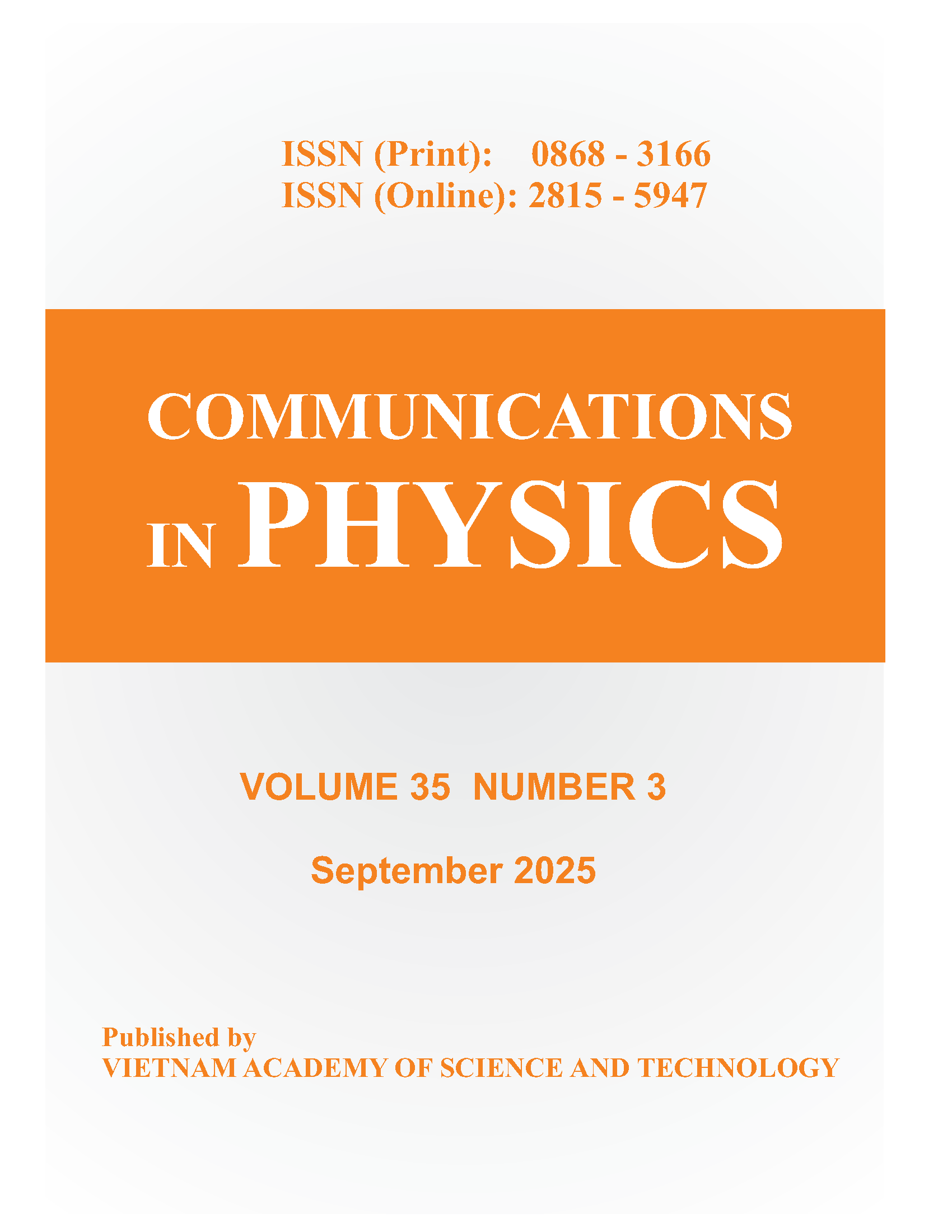Radiation Dose Estimation of Cement Samples Used in Lao PDR
Author affiliations
DOI:
https://doi.org/10.15625/0868-3166/27/3/10034Abstract
The natural radioactivity due to presence of 226Ra, 232Th and 40K radionuclides in Lao PDR cements was measured for first time using a gamma-spectrometry with HPGe detector. Two different types of cement produced by 4 local cement companies in Lao PDR have been investigated. The specific radioactivity of 226Ra, 232Th and 40K in the investigated samples ranged from 24.83 ± 1.18 to 54.39 ± 5.90 Bq kg-1 with a mean of 37.76 ± 10.71 Bq kg-1, 6.63 ± 1.59 to 21.17 ± 0.48 Bq kg-1 with a mean of 13.77 ± 5.85 Bq kg-1 and 43.28 ± 7.68 to 168.70 ± 3.34 Bq kg-1 with a mean of 116.07 ± 47.50 Bq kg-1, respectively. The radium equivalent activity (Raeq), the gamma-index, the external and internal hazard indices, Absorb Dose Rate in Air (D) and Annual Effective Dose Equivalent (AEDE) were estimated for the radiation hazard of the natural radioactivity in all cement samples. The obtained results were compared with the corresponding values for cement of different countries. The calculated Raeq values of Lao PDR samples are lower than the limit of 370 Bq kg-1 set fo building materials. The mean indoor absorbed dose rate is slightly lower than the population-weighted average of 84 nGy h-1 while the corresponding effective dose was 79% less than the dose ft of 1 mSv y-1. The results obtained in this study show no significant radiological hazards arising from using Lao PDR cement for construction of houses.
Downloads
Downloads
Published
How to Cite
Issue
Section
License
Communications in Physics is licensed under a Creative Commons Attribution-ShareAlike 4.0 International License.
Copyright on any research article published in Communications in Physics is retained by the respective author(s), without restrictions. Authors grant VAST Journals System (VJS) a license to publish the article and identify itself as the original publisher. Upon author(s) by giving permission to Communications in Physics either via Communications in Physics portal or other channel to publish their research work in Communications in Physics agrees to all the terms and conditions of https://creativecommons.org/licenses/by-sa/4.0/ License and terms & condition set by VJS.











